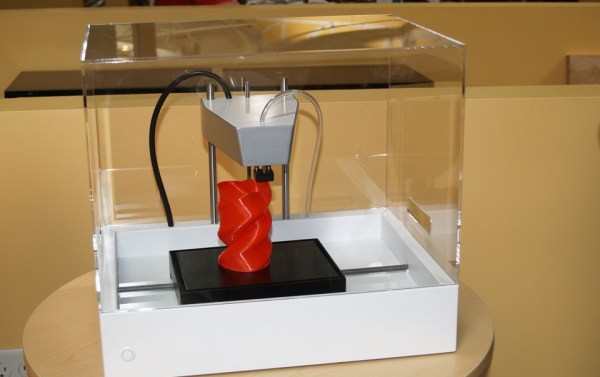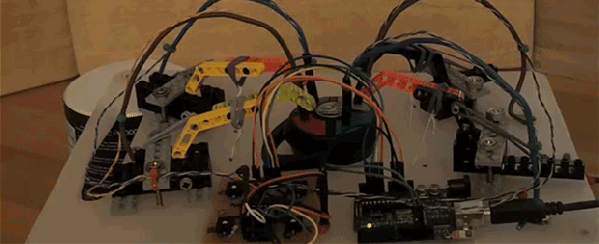
The MagSafe power connector for Apple MacBooks is probably one of the handiest features they developed — we’re not too sure why it hasn’t been integrated onto iPhones yet. [Tony Hoang] isn’t sure either, but that didn’t stop him making his very own!
Due to the size of the MagSafe adapter, it’s simply not possible to integrate it directly into an iPhone, so [Tony] took his trusty Otter-box case and modified it instead. He’s using a Qi wireless charging receiver on the inside of the case, because it has a very slim ribbon cable to the USB. Modifying that he was able to solder on the MagSafe adapter directly to the ribbon cable. In order for it to fit nicely through the case, he 3D printed an adapter bracket for it to stay nice and secure.
From there it was just a matter of soldering the MagSafe power cable onto a 5V USB power brick, and boom-bada-bing, he’s got a MagSafe compatible iPhone. Previously he’s done this mod to a Samsung Note II, and plenty of other people have added it to laptops and ultrabooks!


 For years now, people have been trying to develop an affordable, RepRap-derived 3D printer that will create objects in metal. There has been a lot of work with crazy devices like high-powered lasers, and electron beams, but so far no one has yet developed a machine that can print metal objects easily, cheaply and safely. For The Hackaday Prize,
For years now, people have been trying to develop an affordable, RepRap-derived 3D printer that will create objects in metal. There has been a lot of work with crazy devices like high-powered lasers, and electron beams, but so far no one has yet developed a machine that can print metal objects easily, cheaply and safely. For The Hackaday Prize, 
















